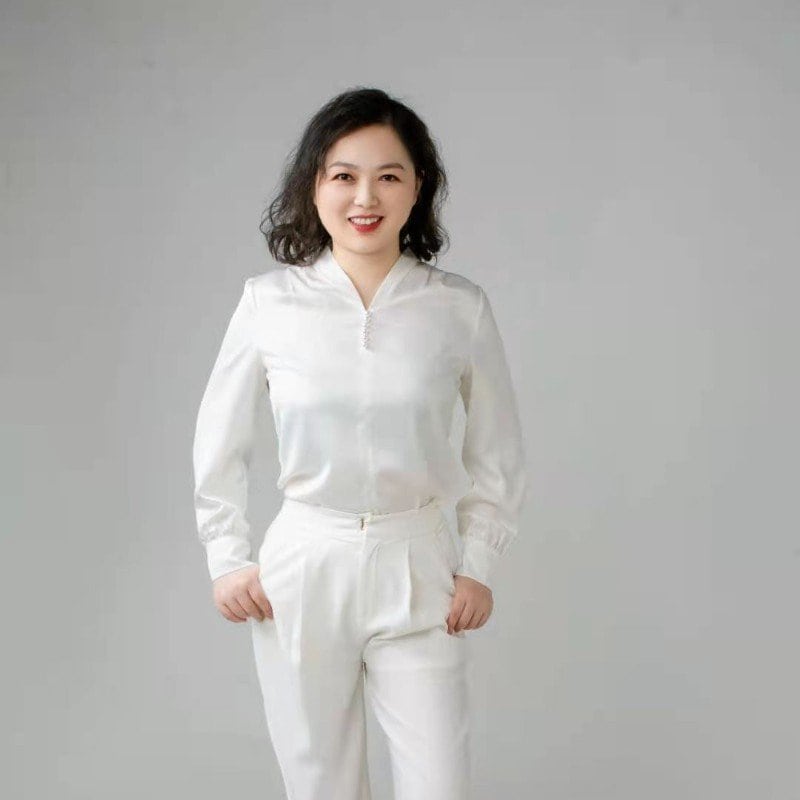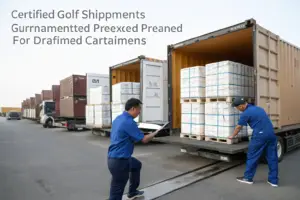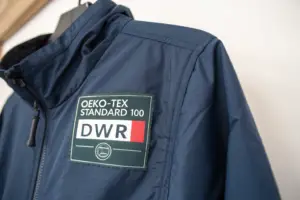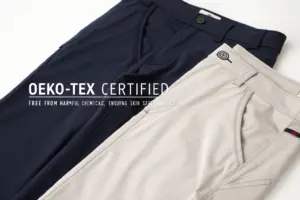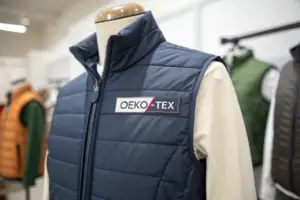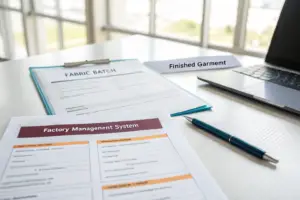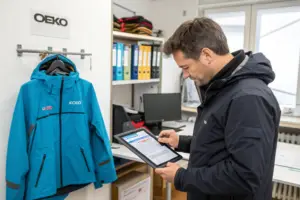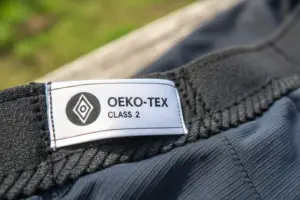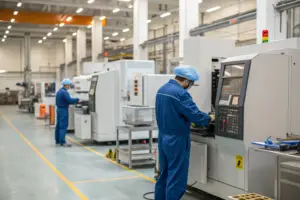Garment production is a structured process that transforms raw materials into finished clothing. But what are the key steps involved in this process?
The garment production process includes design development, fabric selection, pattern making, cutting, sewing, finishing, quality control, and packaging. Each stage ensures that garments meet quality standards and market demands.
Understanding the complete workflow allows manufacturers and brands to optimize production efficiency and minimize costs.
Design Development and Pattern Making
Every garment starts with an idea. But how does the design become a physical product?
Design development and pattern making involve sketching, technical drawings, and prototype creation. This stage ensures that garment shapes, sizes, and aesthetics align with brand identity and customer expectations.

What are the key steps in design development?
| Step | Purpose |
|---|---|
| Concept & Sketching | Initial idea generation and visualization |
| Technical Drawings | Detailed illustrations with garment specifications |
| Pattern Development | Creating templates for different sizes |
| Prototyping & Fittings | Testing garment fit and making necessary adjustments |
Why is pattern making critical?
A well-designed pattern ensures accurate sizing, reduces fabric waste, and maintains consistency across production batches.
Fabric Selection and Pre-Production Sampling
Choosing the right fabric impacts the look, feel, and durability of a garment. But how is fabric selected and tested before production?
Fabric selection and pre-production sampling involve sourcing materials, testing fabric properties, and creating prototype garments. This phase helps brands assess fabric performance and finalize designs.

What factors influence fabric selection?
| Factor | Importance |
|---|---|
| Material Composition | Determines comfort, durability, and performance |
| Sustainability | Meets eco-conscious consumer demands |
| Cost Efficiency | Balances quality and production budgets |
| Supplier Reliability | Ensures fabric consistency for bulk production |
How does pre-production sampling improve garment quality?
- Confirms fabric behavior after washing and wearing.
- Identifies potential design flaws before mass production.
- Ensures color consistency and texture across all sizes.
Cutting, Sewing, and Garment Assembly
Once the fabric and design are approved, production moves to the manufacturing phase. But what happens during this stage?
Cutting, sewing, and garment assembly involve precise fabric cutting, stitching, and constructing garments according to the pattern specifications. Industrial sewing machines and skilled labor ensure efficiency and quality.

What are the essential steps in garment production?
| Step | Description |
|---|---|
| Fabric Cutting | Cutting fabric as per pattern layouts |
| Sewing & Stitching | Assembling garment components |
| Trims & Attachments | Adding zippers, buttons, and labels |
| Ironing & Pressing | Ensuring garments are wrinkle-free |
How does automation improve garment assembly?
- Reduces production time and labor costs.
- Ensures consistent stitching and finishing.
- Minimizes human error in mass production.
Quality Control and Final Packaging
Before garments are shipped to retailers, they go through a final inspection. But what does the quality control process involve?
Quality control in garment manufacturing ensures that all products meet design and durability standards. Defective garments are identified and corrected before reaching customers.

What are the key elements of quality control?
| Quality Check | Purpose |
|---|---|
| Seam & Stitching Inspection | Ensures strong, even seams |
| Size & Fit Accuracy | Confirms measurements match the intended size chart |
| Fabric Defect Analysis | Identifies color inconsistencies or flaws |
| Labeling & Branding | Verifies correct tags and branding elements |
How does final packaging impact brand perception?
- Well-packaged garments enhance customer satisfaction.
- Proper folding and bagging prevent damage during shipping.
- Branded packaging strengthens brand identity and recognition.
Conclusion
The garment production process follows a structured sequence, from design development to final packaging. Understanding each step helps businesses optimize efficiency, control costs, and maintain high-quality standards. With the right processes in place, brands can ensure a smooth production cycle and deliver high-quality garments to customers.


